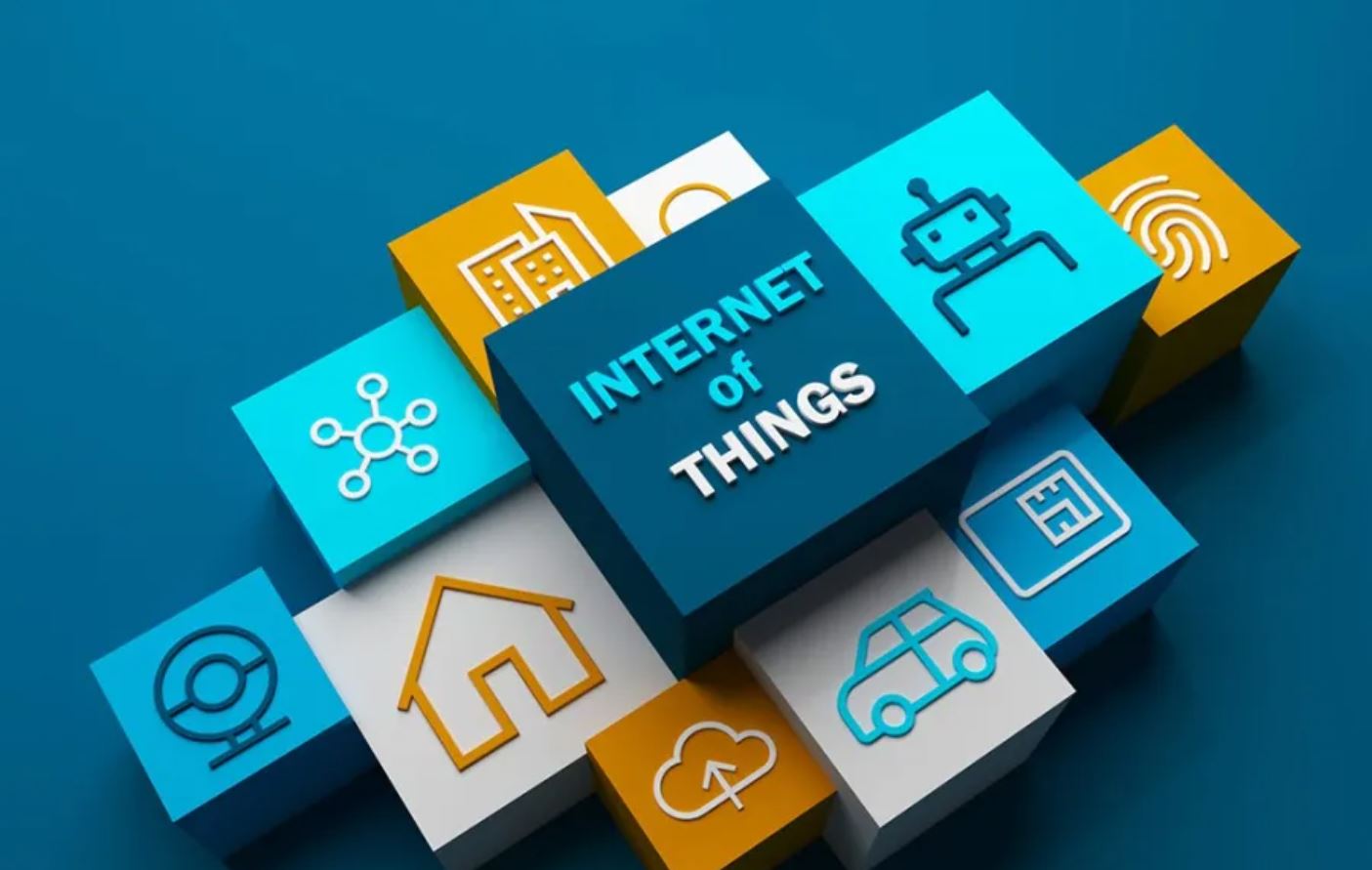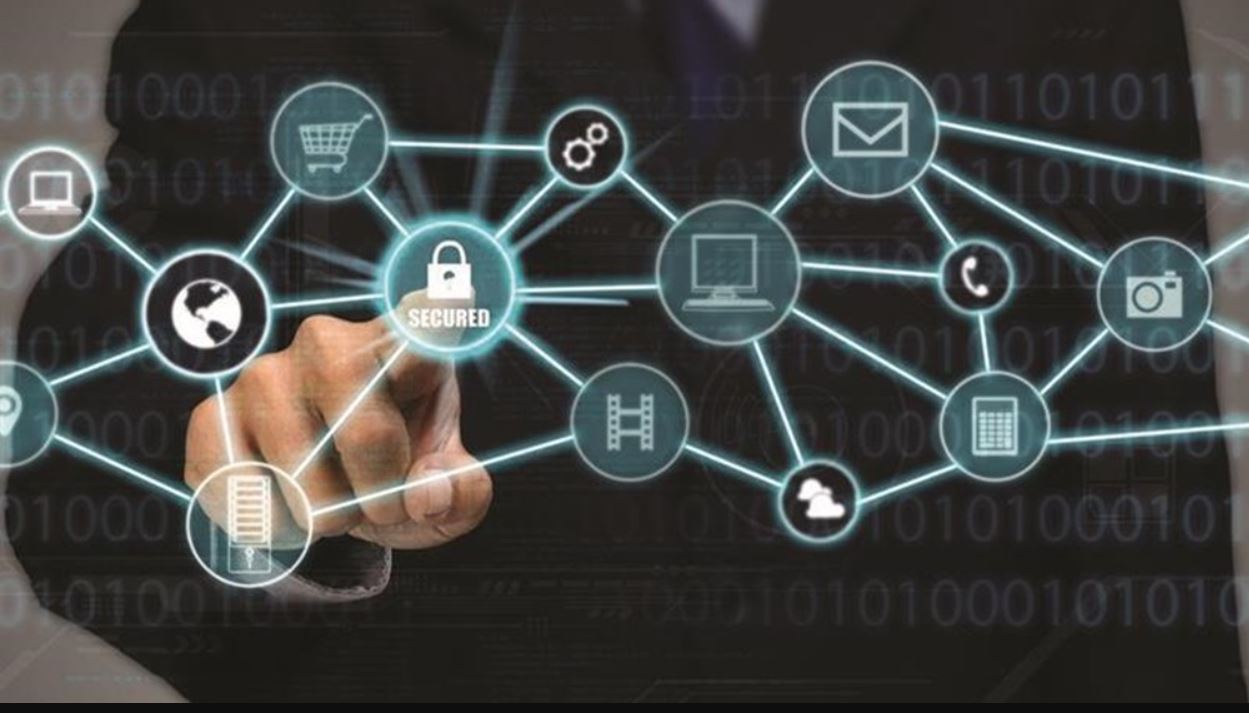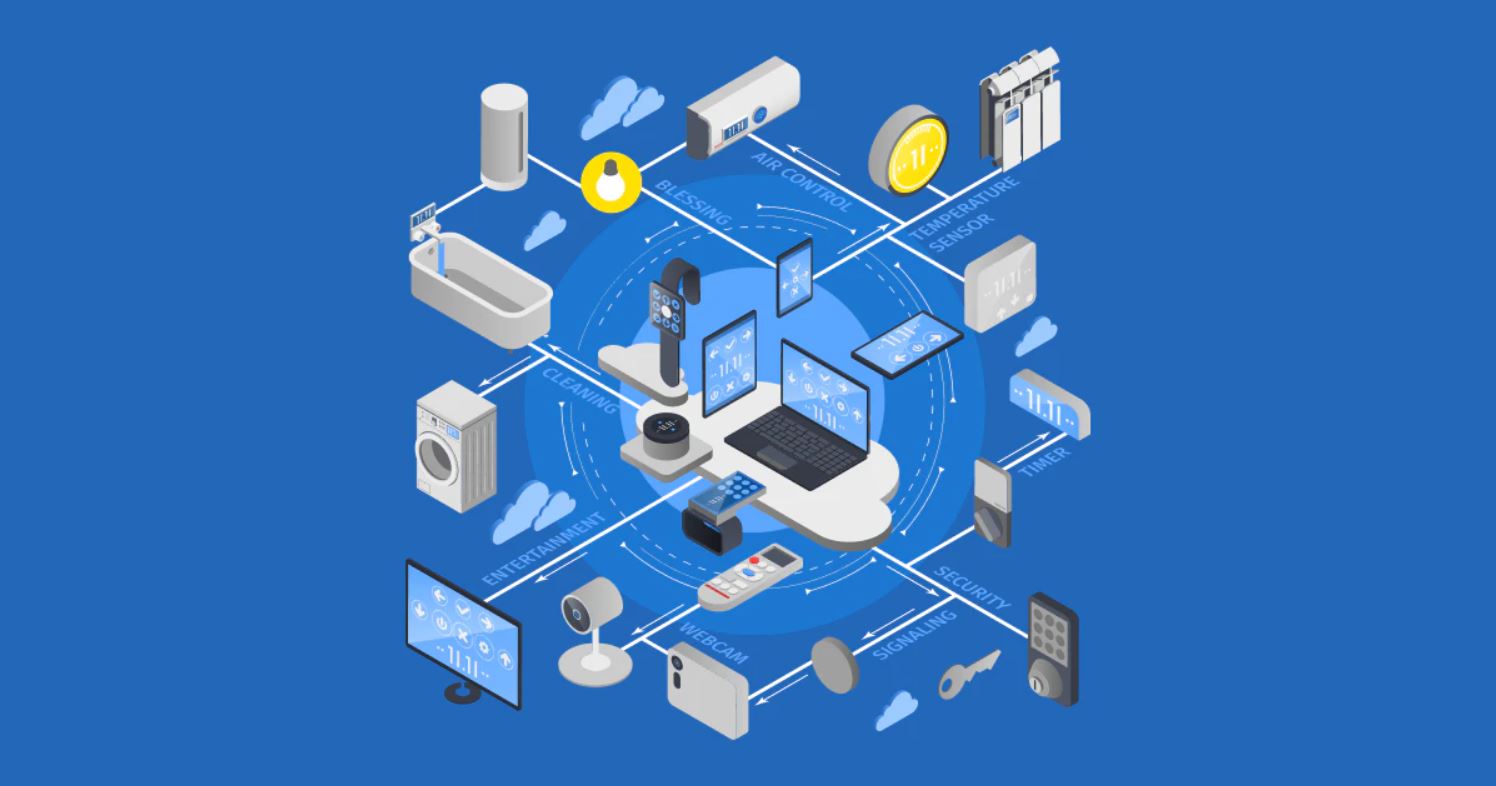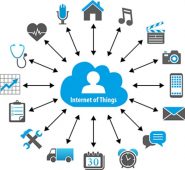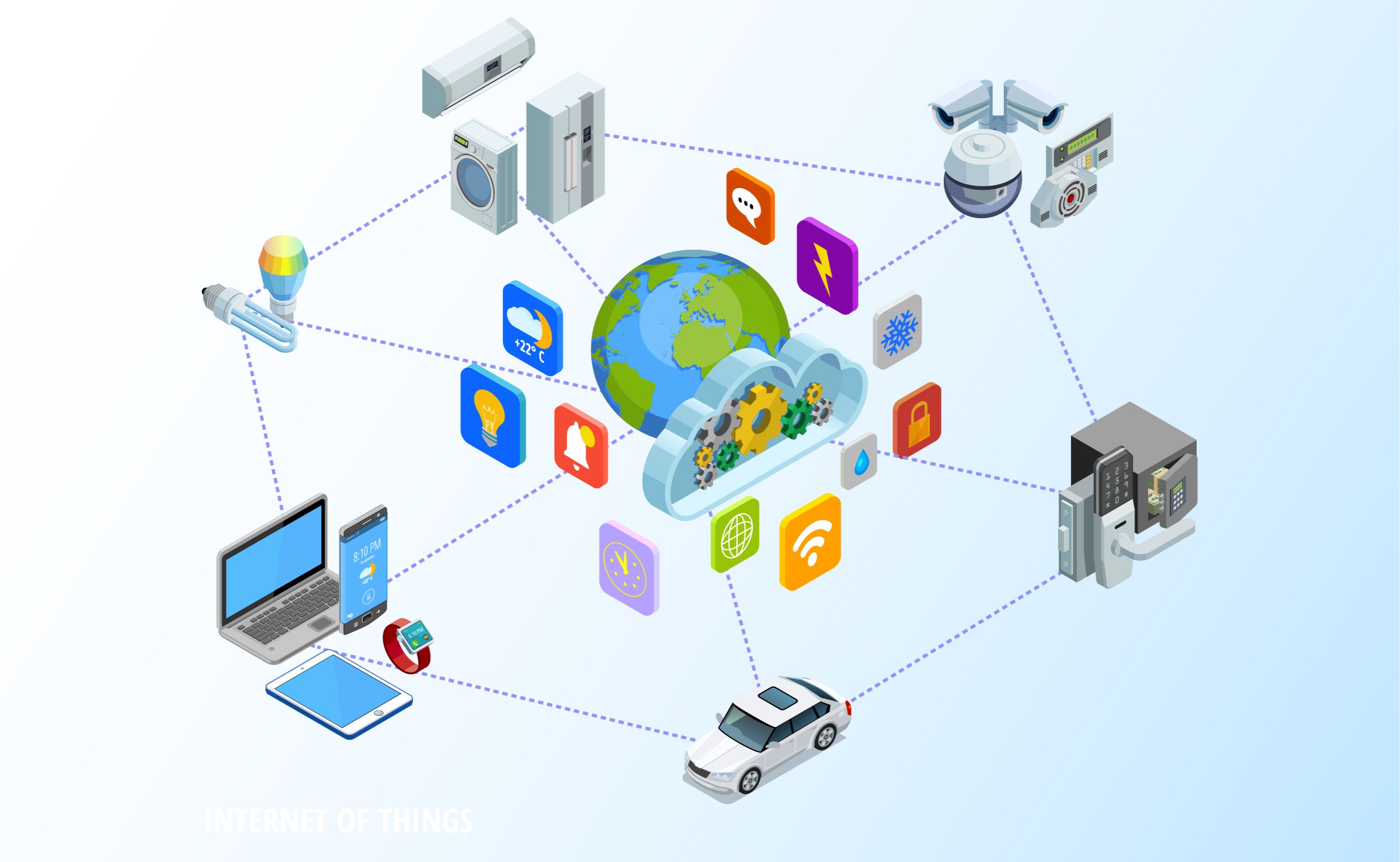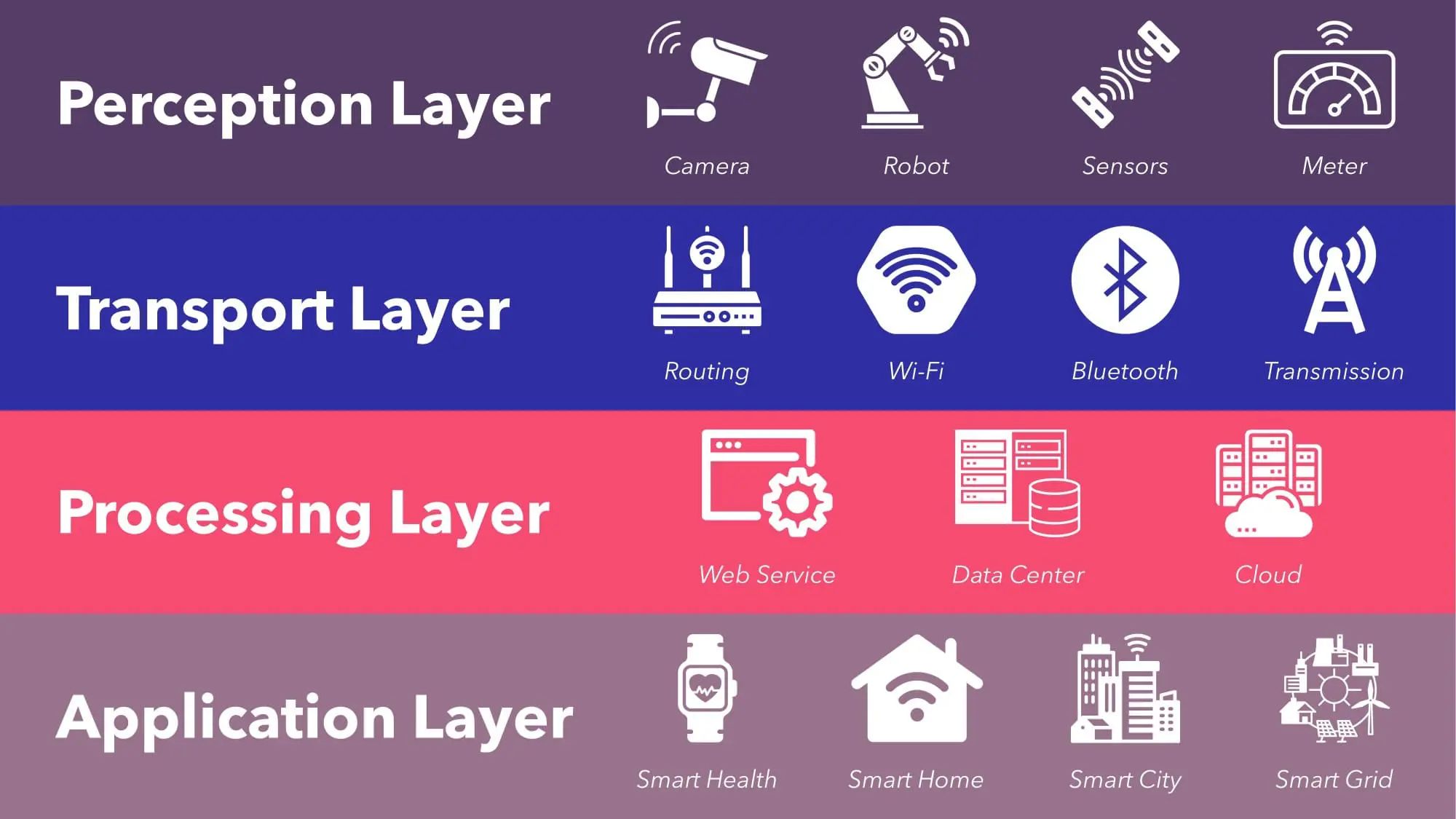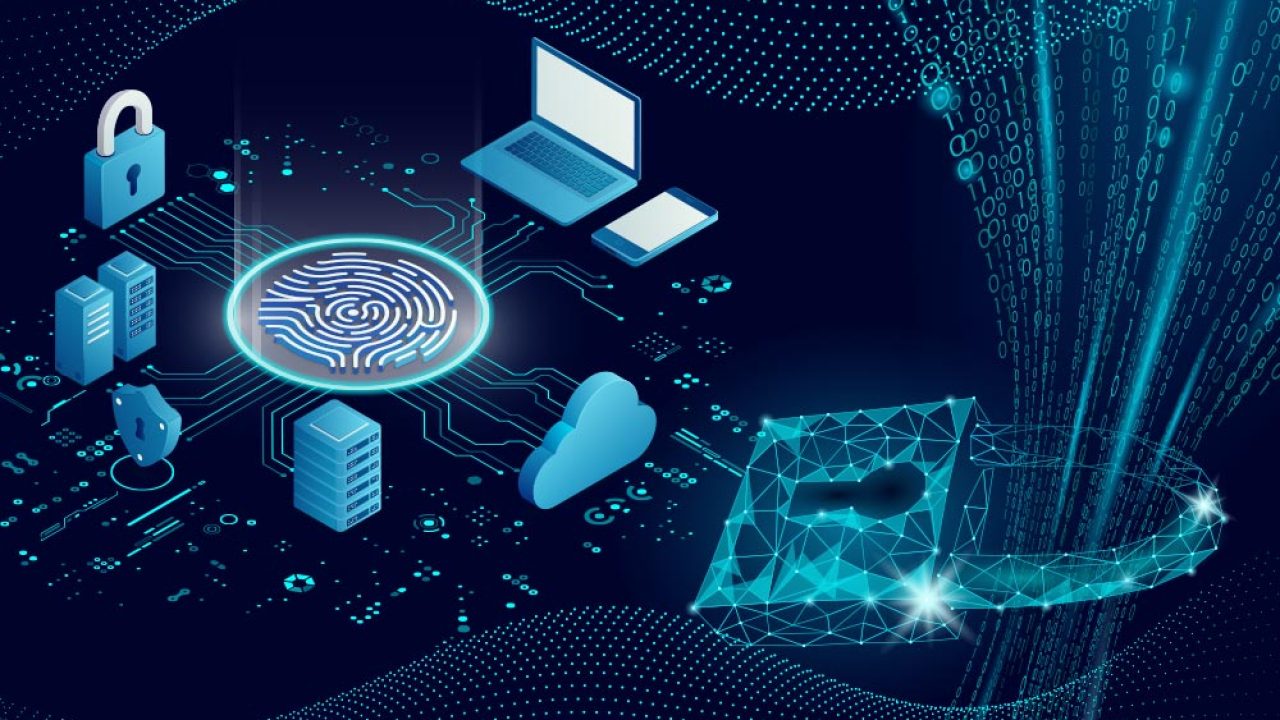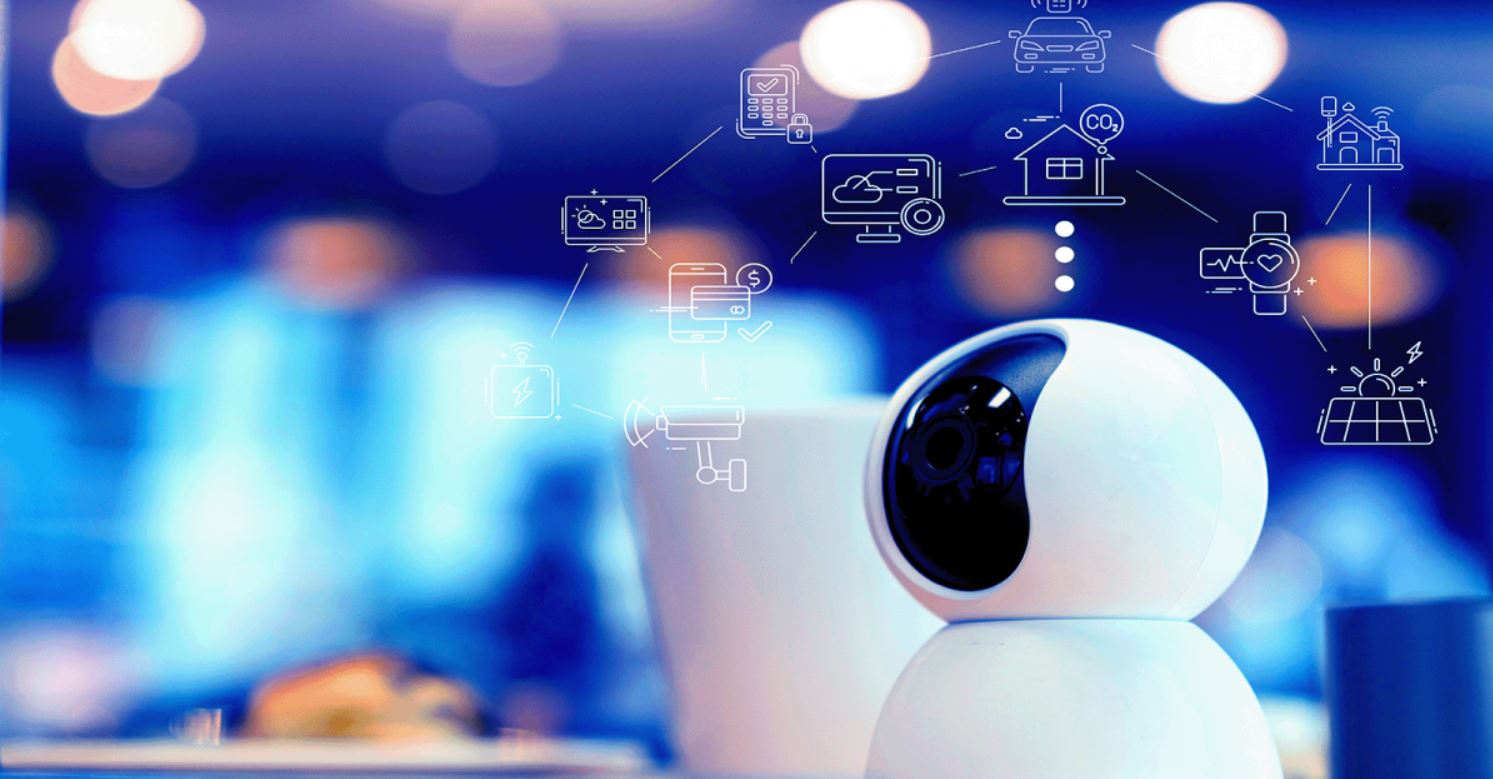Introduction
Welcome to the fascinating world of the Internet of Things (IoT), a phenomenon that is revolutionizing the way we interact with technology and the world around us. With the advent of IoT, everyday objects are becoming smart and interconnected, leading to unprecedented levels of convenience, efficiency, and connectivity.
About 20 years ago, the idea of a smart home or a connected car seemed like something out of a sci-fi movie. Today, it is a reality, with billions of IoT devices seamlessly communicating with each other to make our lives easier and more interconnected.
The concept of IoT refers to the network of physical objects, or “things,” embedded with sensors, software, and connectivity capabilities that enable them to collect and exchange data. These objects can range from smart home devices such as thermostats and security systems to wearable fitness trackers, industrial machinery, and even entire smart cities.
The growth of IoT has been nothing short of extraordinary. As technology continues to advance, more and more industries are recognizing the immense potential of IoT to streamline processes, improve efficiency, and enhance the overall customer experience. The global IoT market is projected to reach trillions of dollars in the coming years, with businesses and consumers alike embracing the benefits it offers.
In this article, we will explore the current landscape of IoT devices, how many there are, and where the future of IoT is headed. We will also discuss the impact of these devices on our lives and the challenges that come with their proliferation. So, let’s dive in and discover the world of IoT devices together.
Understanding IoT
Before delving into the world of IoT devices, it’s important to have a clear understanding of what IoT actually is. At its core, IoT is a network of physical devices, vehicles, appliances, and other objects embedded with sensors, software, and connectivity capabilities.
The main purpose of IoT is to collect and exchange data, enabling these objects to communicate with each other and with users. This data exchange allows for real-time monitoring, analysis, and control, leading to increased automation, efficiency, and convenience.
IoT devices are equipped with various sensors that can gather data such as temperature, humidity, motion, and location. This data is then transmitted over a network, usually the internet, where it is processed and utilized to perform specific tasks or generate valuable insights.
One of the key features of IoT is its ability to enable devices to operate autonomously or interact with each other without human intervention. For example, a smart thermostat can automatically adjust the temperature based on the occupancy of a room or the weather conditions outside, ensuring optimal comfort and energy efficiency.
IoT has found applications in various domains, ranging from smart homes and wearables to healthcare, agriculture, transportation, and industrial settings. For instance, in healthcare, IoT devices can monitor patients’ vital signs and send real-time alerts to healthcare providers in case of emergencies. In agriculture, IoT sensors can measure soil moisture levels and send notifications to farmers, allowing for efficient irrigation and improved crop management.
The potential benefits of IoT are immense. By connecting everyday objects and devices, IoT can enhance efficiency, improve decision-making, and enable new services and business models. It has the power to transform industries, improve sustainability, and make our lives more comfortable and interconnected.
In the next section, we will explore the growth of IoT and the increasing number of IoT devices in use today.
The Growth of IoT
The growth of IoT has been nothing short of remarkable, with an exponential increase in the number of connected devices over the past decade. As technology becomes more advanced and affordable, IoT adoption across various industries has skyrocketed.
In the early 2000s, the number of IoT devices was relatively small, limited mainly to early adopters and niche applications. However, with advancements in wireless communication technologies, miniaturization of sensors, and the widespread availability of high-speed internet, IoT has become more accessible and pervasive.
According to estimates, there are currently billions of IoT devices in use worldwide. These devices are deployed in diverse sectors, including smart homes, healthcare, manufacturing, transportation, agriculture, and many more. The growth of IoT is further fueled by the increasing consumer demand for connected devices that enhance convenience, safety, and productivity.
In recent years, IoT has become a significant focus for businesses looking to harness the power of connectivity and data to gain a competitive edge. Industries such as retail, logistics, energy, and hospitality have embraced IoT to optimize operations, improve customer experiences, and drive innovation.
Furthermore, the proliferation of IoT is not limited to developed countries. Emerging economies are also leveraging IoT technology to address pressing challenges in areas such as healthcare, agriculture, and infrastructure development. This global expansion of IoT is transforming industries and opening up new opportunities for economic growth and sustainable development.
As technology continues to evolve, so does the IoT landscape. The next section will delve into the various types of IoT devices that are currently in use.
The Benefits of IoT
The widespread adoption of IoT devices is driven by the numerous benefits they offer to individuals, businesses, and society as a whole. Let’s explore some of the key advantages that IoT brings:
- Increased Efficiency: IoT devices enable automation and optimization of various processes, leading to increased efficiency and productivity. For example, in manufacturing, IoT sensors can monitor equipment conditions in real-time, allowing for predictive maintenance and minimizing downtime.
- Improved Decision-Making: IoT devices provide a wealth of data that can be analyzed to gain meaningful insights. This data-driven approach empowers businesses to make informed decisions and optimize their operations. In agriculture, for instance, IoT sensors can collect data on soil conditions and weather patterns, helping farmers make precise irrigation and planting decisions.
- Enhanced Safety and Security: IoT devices play a vital role in improving safety and security. From home security systems that provide remote monitoring and alert capabilities to smart city solutions that detect and respond to emergencies, IoT technologies enhance our overall safety and well-being.
- Greater Convenience: IoT devices bring convenience into our daily lives. From voice-activated virtual assistants that can control smart home devices to wearables that track our health and fitness, IoT seamlessly integrates into our routines, making tasks easier and more streamlined.
- Cost Savings: IoT devices can help organizations reduce operational costs. By optimizing energy consumption, minimizing waste, and enabling predictive maintenance, businesses can save money on resources and improve their bottom line.
These are just a few examples of the benefits that IoT devices offer. As technology continues to evolve, we can expect even more innovative applications and advantages to emerge.
Different Types of IoT Devices
The world of IoT encompasses a wide range of devices, each with its unique capabilities and applications. These devices can be categorized into several main types:
- Smart Home Devices: Smart home devices are perhaps the most recognizable and widely used IoT devices. They include smart thermostats, connected lighting systems, security cameras, smart locks, and voice-controlled virtual assistants. These devices enable homeowners to control and automate various aspects of their homes, enhancing comfort, convenience, and energy efficiency.
- Wearable Devices: Wearable devices, such as fitness trackers and smartwatches, have gained significant popularity in recent years. These devices collect data about an individual’s physical activity, heart rate, sleep patterns, and more. They provide valuable insights into health and wellness, allowing users to monitor and improve their overall well-being.
- Industrial IoT Devices: Industrial IoT (IIoT) devices are used in manufacturing, logistics, and other industrial settings. These devices include factory sensors, connected machinery, asset tracking systems, and predictive maintenance solutions. IIoT devices optimize production processes, improve supply chain management, and enable data-driven decision-making in industrial environments.
- Smart City Infrastructure: IoT devices play a crucial role in building smart cities. These devices include smart traffic lights, parking systems, waste management sensors, and environmental monitoring devices. By leveraging IoT, cities can efficiently manage resources, reduce congestion, and enhance sustainability.
- Healthcare Devices: IoT devices are transforming the healthcare industry, enabling remote patient monitoring, telemedicine, and personalized healthcare solutions. These devices can include wearable health trackers, connected medical devices, and smart medication dispensers, improving patient outcomes and healthcare delivery.
These are just a few examples of the diverse range of IoT devices available today. As IoT continues to evolve, we can expect to see more innovative devices entering the market, catering to various industries and consumer needs.
How Many IoT Devices Are There Currently?
The number of IoT devices in use worldwide has been growing rapidly over the years. According to various estimates, there are currently billions of IoT devices connected to the internet, and this number is expected to continue increasing at an exponential rate.
However, determining the exact number of IoT devices is challenging due to the vastness and diversity of the IoT ecosystem. IoT devices encompass a wide range of objects and applications, from consumer devices like smart home gadgets to industrial machines and infrastructure.
One way to estimate the number of IoT devices is by looking at industry reports and research studies. These reports provide valuable insights into the current adoption and projected growth of IoT devices across various sectors.
For example, a report by Statista estimated that there were around 26.66 billion IoT devices in use worldwide in 2019 and is projected to reach over 75 billion by 2025. This includes devices in sectors such as consumer electronics, healthcare, industrial automation, smart cities, and more.
Another report by IDC predicted that there would be 41.6 billion connected IoT devices by 2025, generating an enormous amount of data.
With the increasing demand for smart home devices, wearables, and industrial IoT solutions, it is clear that the number of IoT devices will continue to rise in the coming years.
It’s worth noting that these numbers are estimates and can vary depending on the source and methodology used to calculate them. Nonetheless, they provide a general idea of the scale at which IoT devices have proliferated and the immense impact they have on various industries and our daily lives.
Predictions for the Future of IoT Device Numbers
The future of IoT is incredibly promising, with experts predicting continued exponential growth in the number of IoT devices. With advancements in technology and increasing adoption across industries, the IoT ecosystem is poised for significant expansion.
Industry reports and research studies provide insights into the future trajectory of IoT device numbers. For example, according to a forecast by IDC, the number of connected IoT devices worldwide is projected to reach a staggering 83.1 billion by 2025. This includes devices in sectors such as manufacturing, healthcare, transportation, and smart homes.
Another report by Statista estimates that there will be around 30.9 billion IoT devices globally by 2025. This projection highlights the steady growth of IoT adoption across various industries.
These predictions are supported by several factors that contribute to the continuous rise of IoT devices. First, advancements in connectivity technologies like 5G and LPWAN (Low Power Wide Area Network) enable faster and more reliable connections, making it easier for IoT devices to communicate and exchange data.
Second, the decreasing cost of sensors, processors, and connectivity modules is driving the proliferation of IoT devices. This affordability factor makes it more accessible for businesses and consumers to adopt IoT technologies.
Third, the ongoing digital transformation across industries is leading to increased IoT adoption. As businesses recognize the value of data-driven insights and automation, they are integrating IoT devices into their operations to optimize processes, improve efficiency, and gain a competitive edge.
Furthermore, as the concept of smart cities gains traction, we can expect to see a significant increase in the deployment of IoT devices in urban environments. Smart city initiatives utilize IoT technology to enhance sustainability, efficiency, and quality of life for its residents.
Overall, the future of IoT device numbers looks incredibly promising. With advancements in technology, cost-effectiveness, and increasing demand, the IoT ecosystem is poised for exponential growth in the coming years.
The Impact of IoT Device Numbers
The increasing number of IoT devices has a profound impact on various aspects of our lives, industries, and society as a whole. Let’s explore some of the key impacts of the rising IoT device numbers:
- Automation and Efficiency: IoT devices enable automation of processes, leading to increased efficiency in various industries. For example, in manufacturing, IoT-enabled machines can communicate with each other, optimizing production and reducing downtime.
- Data-Driven Decision Making: The abundance of data generated by IoT devices opens up new opportunities for data-driven decision-making. With access to real-time data and insights, businesses can make more informed decisions and improve their operations.
- Improved Safety and Security: IoT devices play a crucial role in enhancing safety and security in various domains. From smart home security systems to surveillance cameras in public spaces, IoT devices help monitor and respond to potential threats.
- Enhanced Customer Experience: IoT devices enable businesses to deliver personalized experiences to customers. By leveraging data collected from devices, companies can provide tailored products and services that meet individual customer needs.
- Efficient Resource Management: IoT devices help optimize resource consumption and management. For instance, in agriculture, IoT sensors aid in efficient irrigation and crop management, leading to water and energy conservation.
- Improved Healthcare and Well-being: IoT devices have transformative implications for healthcare. Remote patient monitoring, wearable health trackers, and IoT-enabled medical devices allow for improved patient care, telemedicine, and early disease detection.
- Connected Smart Cities: IoT devices contribute to the development of smart cities, where urban systems and infrastructure are interconnected. This connectivity facilitates efficient public transportation, optimized energy usage, and effective waste management.
These are just a few examples of the impact of IoT device numbers. As the number of connected devices continues to rise, we can expect further advancements and positive transformations across industries and society.
Challenges and Concerns with Increasing IoT Device Numbers
While the proliferation of IoT devices brings numerous benefits, it also presents challenges and raises concerns that need to be addressed as the number of connected devices continues to grow:
- Security Risks: With more devices connecting to the internet, the risk of cyberattacks and data breaches increases. IoT devices are susceptible to security vulnerabilities, and if not properly secured, they can become entry points for hackers to gain unauthorized access to sensitive information.
- Privacy Concerns: The vast amount of data collected by IoT devices raises concerns about privacy. Users may worry about their personal information being shared or misused without their consent. Stricter regulations and privacy protocols are needed to address these concerns.
- Interoperability and Compatibility: The IoT ecosystem consists of devices from different manufacturers, each with varying protocols and compatibility requirements. Ensuring seamless interoperability between devices poses a challenge and requires standardization efforts to enable devices from different vendors to work together seamlessly.
- Reliability and System Failures: IoT devices heavily rely on a stable and reliable network connection for communication. Network outages or disruptions can compromise the functionalities of these devices. Additionally, system failures or device malfunctions can impact critical operations, such as in healthcare or industrial settings.
- Data Overload and Management: The sheer volume of data generated by IoT devices can overwhelm organizations. Managing, processing, and analyzing this data poses significant challenges. Efficient data management strategies must be in place to extract meaningful insights and ensure data privacy and security.
- Sustainability and Environmental Impact: The increasing number of IoT devices raises concerns about their environmental impact. The production, energy consumption, and eventual disposal of these devices contribute to electronic waste and energy consumption. Developing sustainable practices and promoting device recycling and energy efficiency is essential.
- Ethical Considerations: IoT devices collect vast amounts of data, including personal and sensitive information. Ethical considerations must be addressed to ensure responsible data usage and protect individuals from potential misuse or discrimination.
These challenges and concerns emphasize the need for comprehensive strategies and regulations to mitigate risks, protect user privacy, and ensure the responsible and secure deployment of IoT devices.
Conclusion
The Internet of Things (IoT) has propelled us into a connected world, where everyday objects are becoming smarter and more interconnected. The growth of IoT devices has been remarkable, transforming industries, enhancing efficiency, and improving our daily lives.
With billions of IoT devices already in use and predictions suggesting exponential growth in the coming years, the impact of IoT is undeniable. These devices bring numerous benefits, including automation, improved decision-making, enhanced safety, convenience, and cost savings. From smart homes and wearables to industrial applications and smart city infrastructure, the possibilities of IoT are vast and transformative.
However, the increasing number of IoT devices also poses challenges and concerns. Security risks, privacy concerns, interoperability issues, reliability, data management, sustainability, and ethical considerations all need to be carefully addressed to ensure the responsible and secure deployment of IoT devices.
As we move forward, it is crucial to prioritize security measures, establish robust privacy regulations, promote interoperability standards, and develop sustainable practices. By doing so, we can fully harness the potential of IoT while ensuring the protection of individuals’ privacy and security.
The future of IoT is bright, and as technology continues to advance, we can expect further innovations and applications that will revolutionize industries and reshape our world. The key lies in striking the right balance between technological advancements, ethical considerations, and addressing the challenges that come with the increased adoption of IoT devices.







